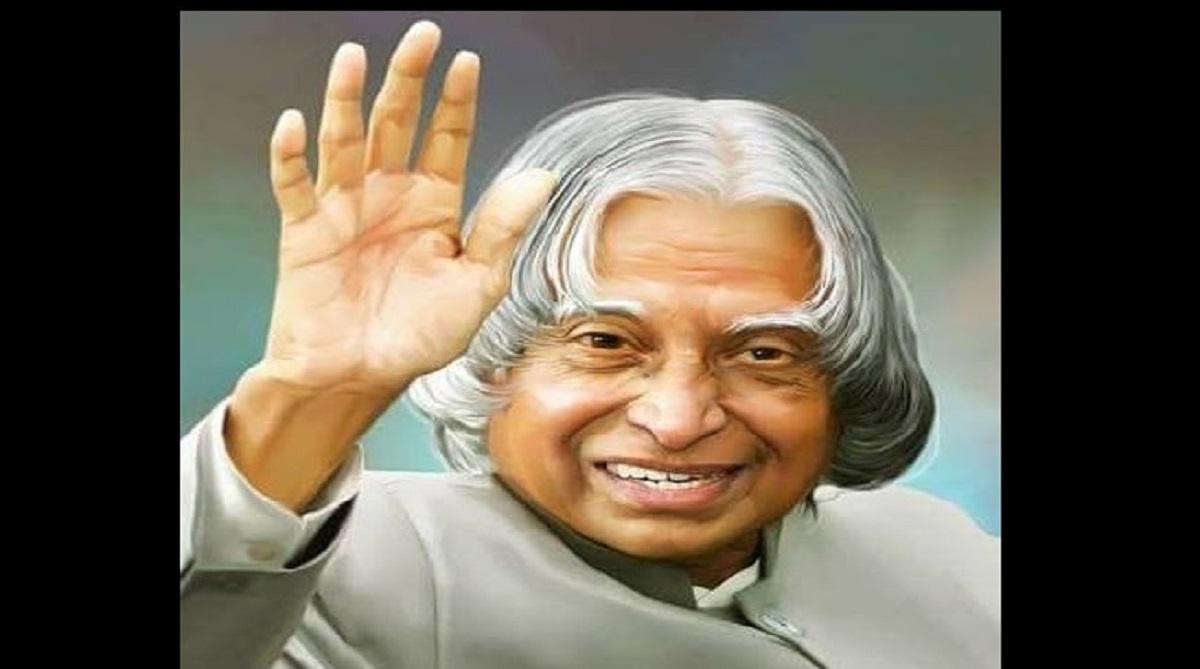Prime Minister Narendra Modi paid tribute to former President Dr APJ Abdul Kalam on his birth anniversary on Saturday. Prime Minister remembered the contributions of Dr Kalam as a scientist and as a President who struck a chord with every section of the society.
Taking to a microblogging site, PM Modi added, “Tributes to our former President Dr APJ Abdul Kalam. He is greatly admired for his contribution to our nation as a scientist and as a President who struck a chord with every section of society.”
Advertisement
From being the people’s President to spearheading the development of the most significant Indian missiles, late President Dr APJ Abdul Kalam contributed to the development of the country in different spheres.
As an aerospace scientist, Kalam worked with India’s two major space research organisations – Defence Research and Development Organisation (DRDO) and Indian Space Research Organisation (ISRO).
While, his work in the development and operationalisation of Indigenous guided missiles – AGNI and PRITHVI – earned him the title of the ‘Missile Man of India,’ there are many more ways in which Kalam has helped India in the division of science and technology.
He directed the project to develop India’s first Satellite Launch Vehicle (SLV). Back in the 1980s, when India had hardly dreamt of having its indigenous Satellite Launch Vehicle (SLV), Dr Kalam’s over 10-year-long hard work as the project director for the development of the indigenous Satellite Launch Vehicle at ISRO led to the ground-breaking scientific development.
It was in July 1980, that India’s SLV-III successfully deployed the Rohini satellite in near-Earth orbit leading to the country becoming a member of the exclusive Space Club.
Kalam also headed the projects Devil and Valiant which had the aim of developing ballistic missiles using the technology behind the successful SLV program. Under mission Kalam with other projects, members developed many missiles including AGNI which is an intermediate-range ballistic missile and PRITHVI which is a surface-to-surface missile.
Serving as the Chief Scientific Adviser to the then Prime Minister, Kalam played a major role in heading the Pokhran-II nuclear testing leading to him being known as the best nuclear scientist in the country at that time. The nuclear testing under the supervision of Kalam during the period of July 1992 to December 1999 made India a nuclear-armed state.
Working jointly with cardiologist Soma Raju, the late President developed a cost-effective coronary stent ‘Kalam-Raju Stent’ which helped in making healthcare accessible to all.
The duo of Kalam and Soma Raju later in 2012 designed a rugged tablet computer for better healthcare administration in the rural pockets of the country. They termed it the ‘Kalam-Raju tablet.’
For his work in the stream of science and politics, the 11th President was also awarded India’s highest civilian honour or the Bharat Ratna.
Kalam breathed his last on July 27, 2015, while delivering a lecture at the Indian Institute of Management Shillong when he collapsed and died from a cardiac arrest.
His contributions are still remembered as some of the best scientific and technological developments in the country.
with Inputs from ANI











